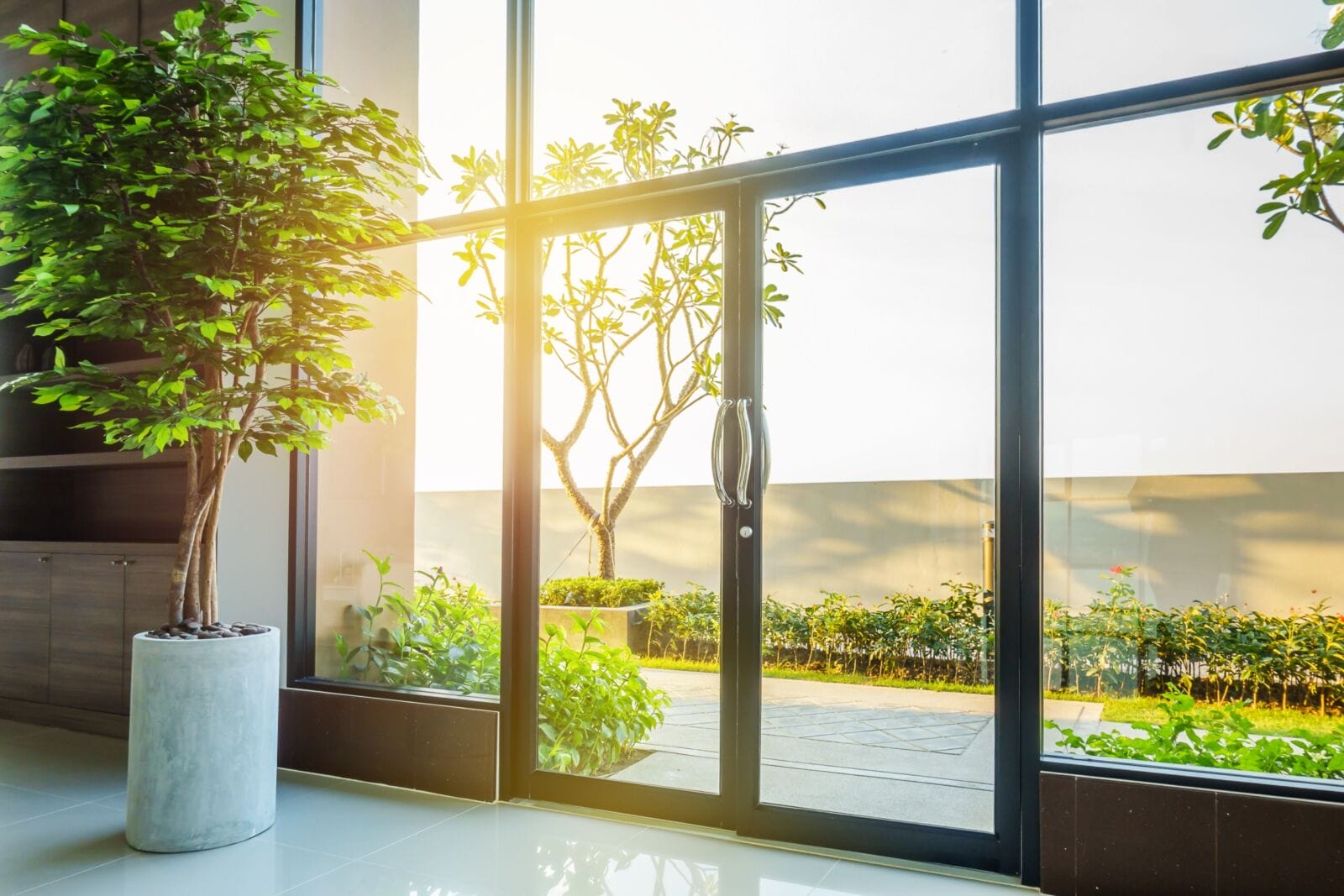1. Introduction
Importance of Energy-Efficient Window Treatments
Energy efficiency is a growing concern for homeowners, especially when it comes to heating and cooling costs. Windows are one of the primary sources of heat loss in winter and heat gain in summer. Using the right curtains can significantly improve indoor comfort and reduce energy bills.
How Curtains Can Impact Indoor Temperature
Thermal insulated curtains and hea t blocking curtains are designed to regulate indoor temperatures, but they work in different ways. Understanding their differences can help you choose the best option for your home.
FOOD NEWS: Arizona economy keeps rolling: Here are the numbers
2. What Are Thermal Insulated Curtains?
Definition and How They Work
Thermal insulated curtains are made with multiple layers of fabric, including a thermal lining that helps trap heat inside during winter and block heat from entering during summer.
Key Features and Benefits
- Heat Retention: Keeps indoor spaces warm by preventing heat loss.
- Energy Efficiency: Reduces heating and cooling costs.
- Noise Reduction: The thick fabric can also dampen outside noise.
- Room Darkening: Often designed to block light, improving sleep quality.
3. What Are Heat Blocking Curtains?
Definition and How They Work
Heat blocking curtains are specifically designed to reflect sunlight and heat away from windows, keeping rooms cooler during hot weather. These curtains often use special reflective or light-colored materials.
Key Features and Benefits
- Heat Reflection: Keeps rooms cool by bouncing sunlight away.
- Reduces Air Conditioning Costs: Helps maintain a lower indoor temperature.
- UV Protection: Prevents sun damage to furniture and flooring.
- Light Filtering: Some varieties allow natural light while blocking heat.
4. Key Differences Between Thermal Insulated and Heat Blocking Curtains
Material and Fabric Composition
| Feature | Thermal Insulated Curtains | Heat Blocking Curtains |
| Fabric Layers | Multiple layers, including a thermal lining | Often single-layer with reflective coating |
| Primary Function | Retain heat in winter, block cold air | Reflect heat and sunlight in summer |
| Common Materials | Polyester, microfiber, heavy cotton | Light-colored fabrics, aluminum backing, synthetic blends |
Functionality and Effectiveness
- Thermal insulated curtains work best in cold climates where heat retention is essential.
- Heat blocking curtains are ideal for hot climates where preventing heat buildup is the priority.
Best Uses for Each Type
- Thermal curtains are best for bedrooms, living rooms, and offices where heat loss is a concern.
- Heat blocking curtains are suited for sun-facing windows, conservatories, and offices where sunlight exposure is high.
5. How Thermal Insulated Curtains Improve Energy Efficiency
Heat Retention in Winter
Thermal insulated curtains help create a barrier against cold air, preventing heat from escaping through windows.
Preventing Heat Loss Through Windows
- Thick fabrics trap heat, reducing the need for excessive heating.
- Creates a comfortable indoor environment even during extreme cold.
6. How Heat Blocking Curtains Help in Hot Weather
Reflecting Sunlight to Keep Rooms Cool
Heat blocking curtains use light-colored or reflective backing to bounce sunlight away from windows, reducing heat buildup indoors.
Reducing Air Conditioning Costs
- Blocks up to 80% of sunlight, preventing temperature spikes.
- Reduces strain on air conditioning systems, lowering energy bills.
7. Best Use Cases for Thermal Insulated Curtains
Ideal for Cold Climates and Winter Seasons
Thermal insulated curtains are perfect for homes in regions with long winters. They provide additional warmth and make heating systems more efficient.
Suitable for Bedrooms and Living Areas
- Prevents chilly drafts in sleeping areas.
- Keeps living spaces comfortable without excessive heating.
8. Best Use Cases for Heat Blocking Curtains
Ideal for Hot Climates and Summer Months
These curtains help keep interiors cooler by blocking heat from the sun, making them ideal for hot and sunny locations.
Perfect for Sun-Facing Windows and Offices
- Reduces glare on screens in home offices.
- Protects furniture from UV damage in sun-facing rooms.
9. How to Choose the Right Curtains for Your Needs
Factors to Consider: Climate, Room Type, and Budget
| Factor | Thermal Insulated Curtains | Heat Blocking Curtains |
| Best for | Cold climates, winter use | Hot climates, summer use |
| Function | Retains indoor heat | Blocks external heat |
| Cost | Slightly expensive | Budget-friendly options available |
Additional Features: Noise Reduction, Blackout Capabilities, and Aesthetic Appeal
- Noise Reduction: Thermal curtains tend to be thicker and help block outside noise.
- Blackout Effect: Some thermal and heat blocking curtains also offer blackout properties for complete darkness.
- Design Choices: Both types come in various colors and patterns to suit different decor styles.
10. Conclusion and Final Thoughts
Which Curtain Type is Best for You?
- If you live in a cold climate and want to retain heat, thermal insulated curtains are the best choice.
- If you experience hot summers and need to keep rooms cool, heat blocking curtains are more suitable.
Where to Buy High-Quality Thermal and Heat Blocking Curtains
Many online retailers and home improvement stores offer a variety of energy-efficient curtains. Some top-rated brands include:
- Amazon (Wide selection with customer reviews)
- Home Depot (Variety of styles and materials)
- Wayfair (Customizable options with trendy designs)
Final Thoughts
Choosing between thermal insulated curtains and heat blocking curtains depends on your climate, needs, and budget. Whether you want to stay warm in winter or cool in summer, selecting the right curtains can enhance comfort and reduce energy costs year-round.




